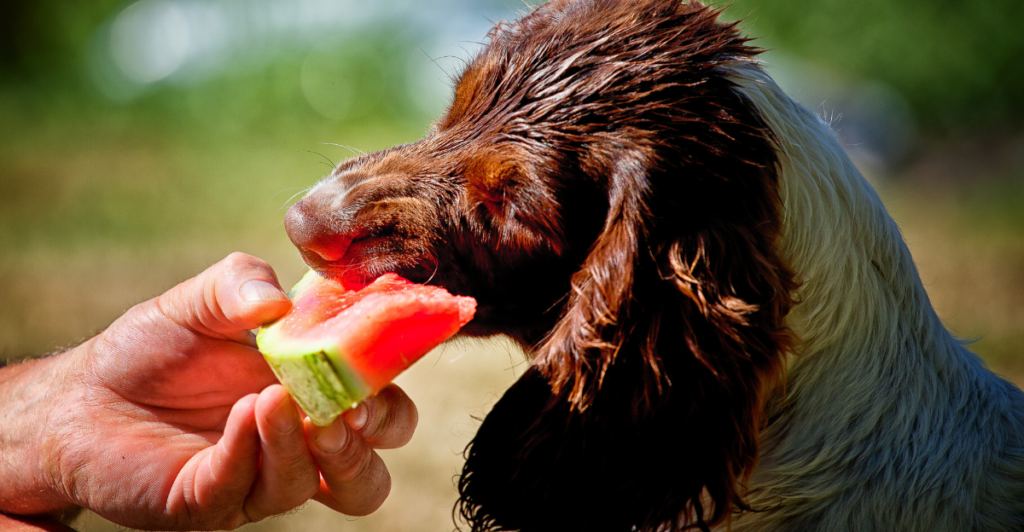
As dogs age, their needs change, and ensuring their golden years are filled with health and happiness requires thoughtful care. Senior dogs may slow down physically, face health challenges, or develop new quirks, but with the right approach, they can continue to thrive. From adjusting exercise routines to providing mental stimulation and creating a safe, comfortable environment, these twelve strategies will help you support your aging companion.
1. Provide Appropriate Exercise
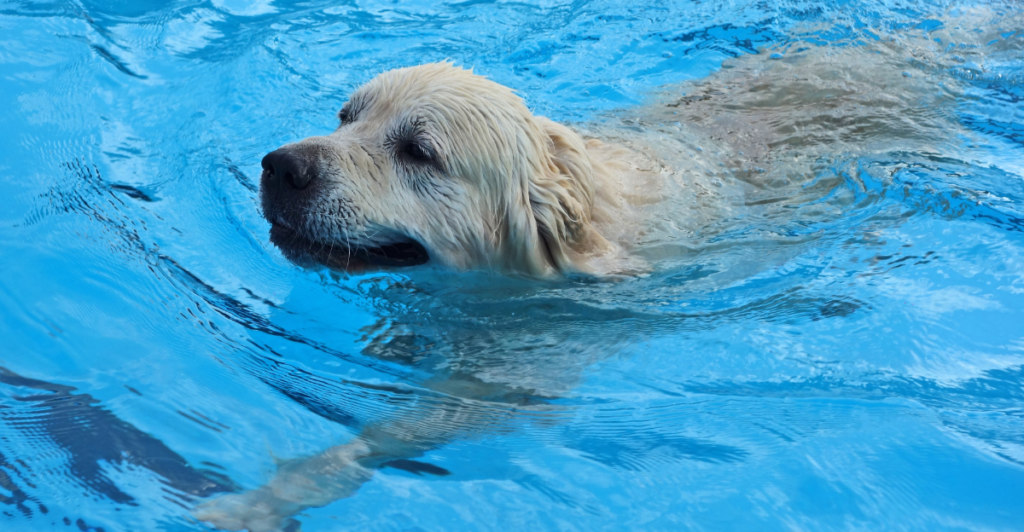
As dogs age, their energy levels and physical capabilities change, making it essential to adjust their exercise routine to suit their needs. Opt for shorter, more frequent walks instead of long, strenuous hikes, and consider low-impact activities like swimming, which is gentle on aging joints.
2. Offer Mental Stimulation
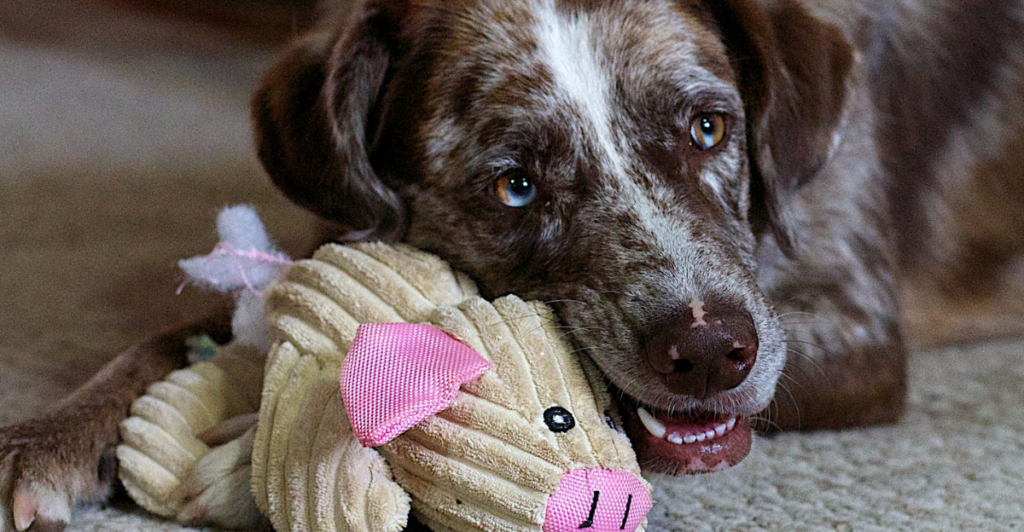
Keeping your senior dog’s mind active is just as important as physical exercise. Introduce new toys regularly to maintain their interest and engagement, and try teaching them new tricks—an activity that’s both possible and beneficial despite their age. Use food puzzles or snuffle mats to make mealtime more engaging, and play hide-and-seek games with treats or toys around the house.
3. Create a Comfortable Environment
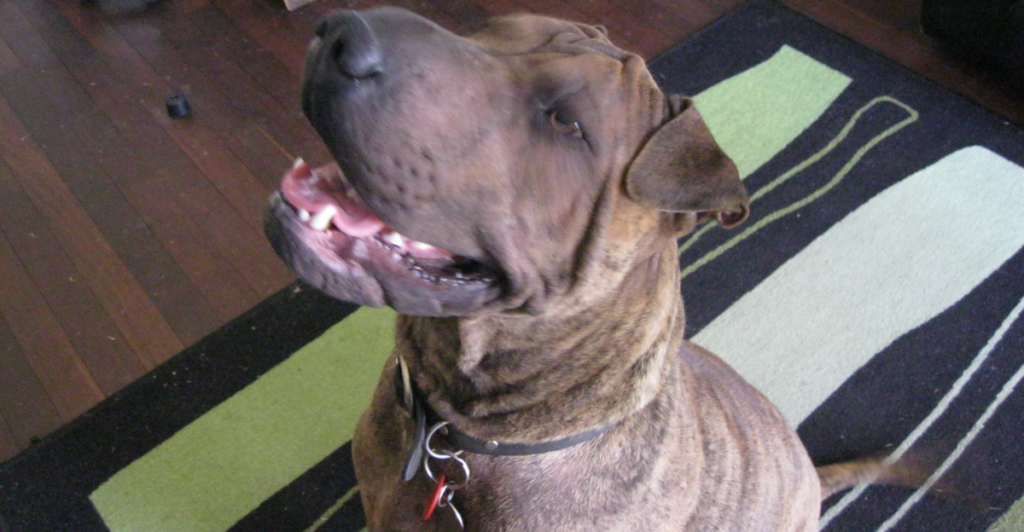
A senior-dog-friendly home can significantly improve their quality of life. Place non-slip mats or rugs in frequently used areas to prevent slips and falls. Install ramps or steps to help them access furniture or get in and out of vehicles easily. Keep pathways clear of clutter to avoid accidents and use raised food and water bowls to reduce strain on their neck and back.
4. Provide Supportive Bedding
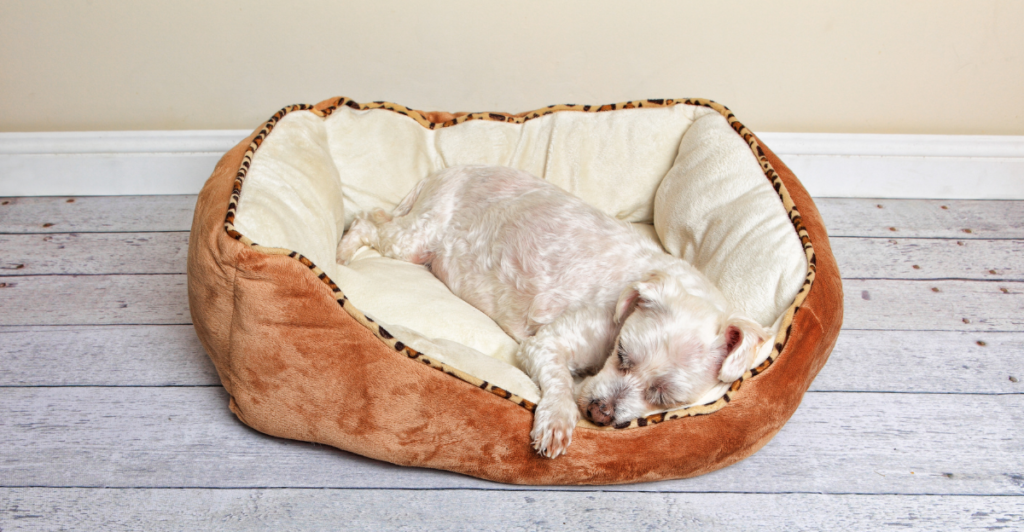
A comfortable resting place is essential for senior dogs. Choose beds with thick, supportive padding to cushion their joints and pressure points, and look for designs with bolsters or raised edges to provide added security and head support. Waterproof or easily washable beds are ideal for managing occasional accidents, and placing multiple beds around the house allows them to rest comfortably in different rooms.
5. Maintain a Consistent Routine
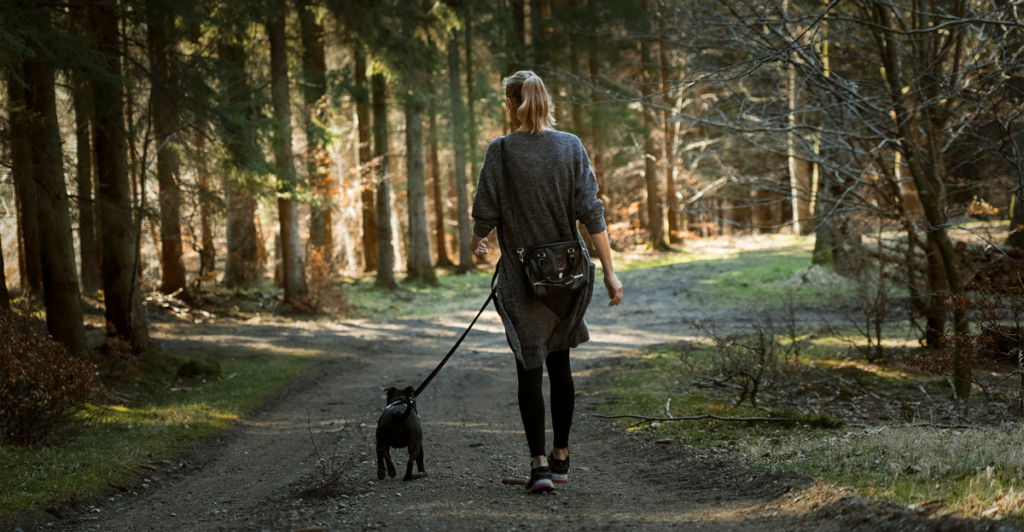
Predictability is comforting for senior dogs, so maintaining a consistent daily routine is crucial. Stick to regular feeding times to support their digestive health and schedule consistent potty breaks, particularly if they are experiencing incontinence. Try to walk and exercise at the same times each day, and keep their sleep schedule regular to support their circadian rhythm.
6. Schedule Regular Vet Check-ups
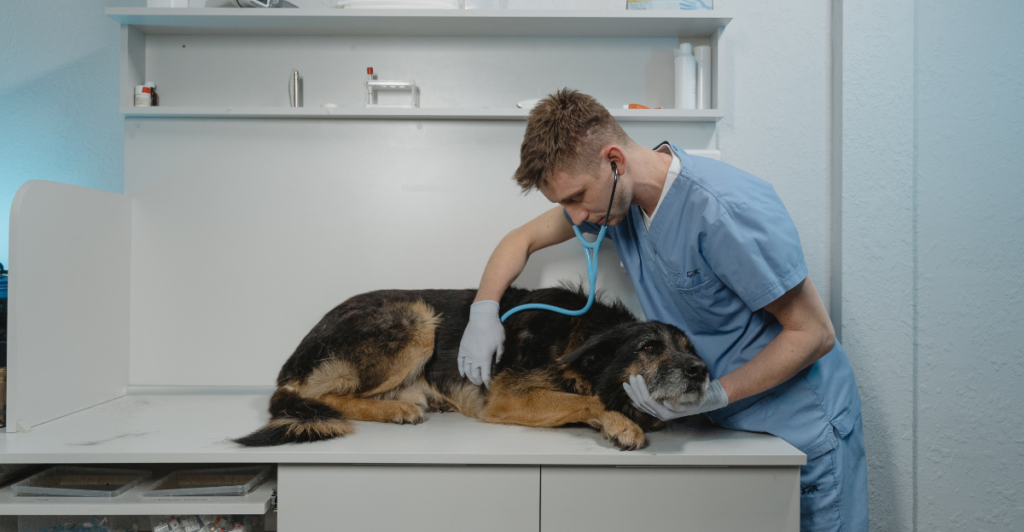
Preventive care becomes increasingly important as dogs age. Schedule bi-annual check-ups instead of annual visits to stay ahead of potential health issues. Discuss age-appropriate vaccinations and preventive treatments with your vet, and consider regular blood work to monitor organ function and detect problems early. Keep an eye out for common senior dog health issues, such as arthritis, dental disease, and cognitive decline, and schedule additional vet visits if you notice changes in behavior or health.
7. Adjust Their Diet
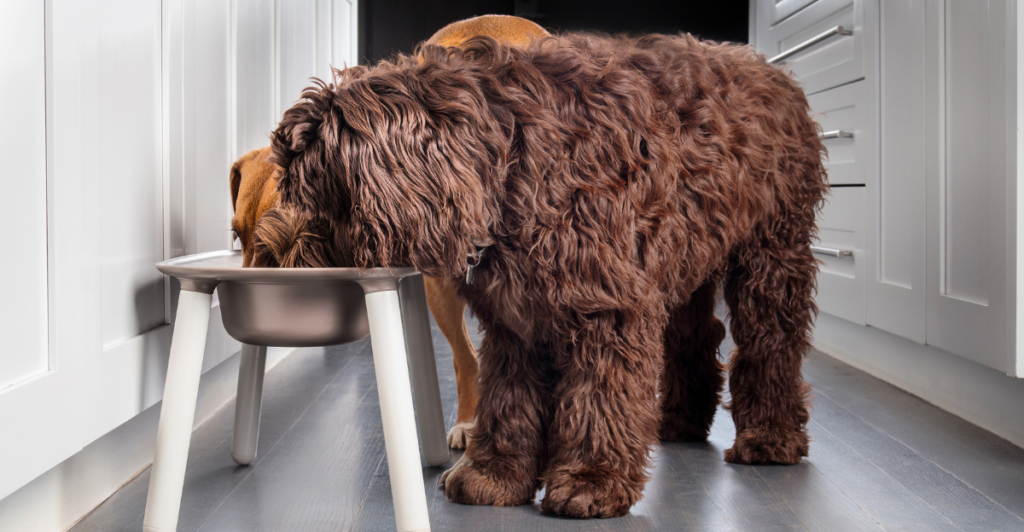
Dogs’ nutritional needs change with age, so adjusting their diet is key to maintaining their health. Opt for senior-specific dog foods that are lower in calories but higher in fiber to support digestion. Foods with added glucosamine and chondroitin can promote joint health, while omega-3 fatty acids can help with cognitive function and inflammation. If your dog has specific health conditions, they may benefit from a prescription diet.
8. Assist with Mobility
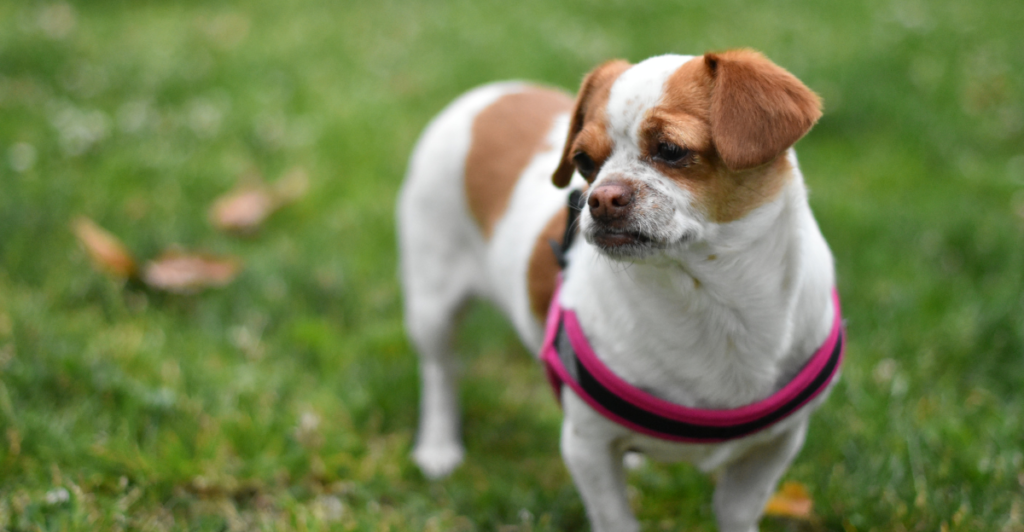
Helping your senior dog move around comfortably can greatly enhance their quality of life. Use harnesses with handles to provide support when walking or navigating stairs, and install ramps for easier access to cars, furniture, or outdoor areas. For dogs with severe mobility issues, consider a dog wheelchair. Non-slip booties can provide traction on slippery surfaces, and your veterinarian may recommend orthopedic braces or supports for additional aid.
9. Monitor for Changes

Regular observation is vital to catch health issues early. Check your dog’s body for lumps, bumps, or changes in skin condition, and monitor their eating and drinking habits for any irregularities. Keep track of their weight and body condition and note changes in bathroom habits or mobility. Pay close attention to behavioral shifts, as they could indicate pain, discomfort, or cognitive decline.
10. Provide Gentle Grooming
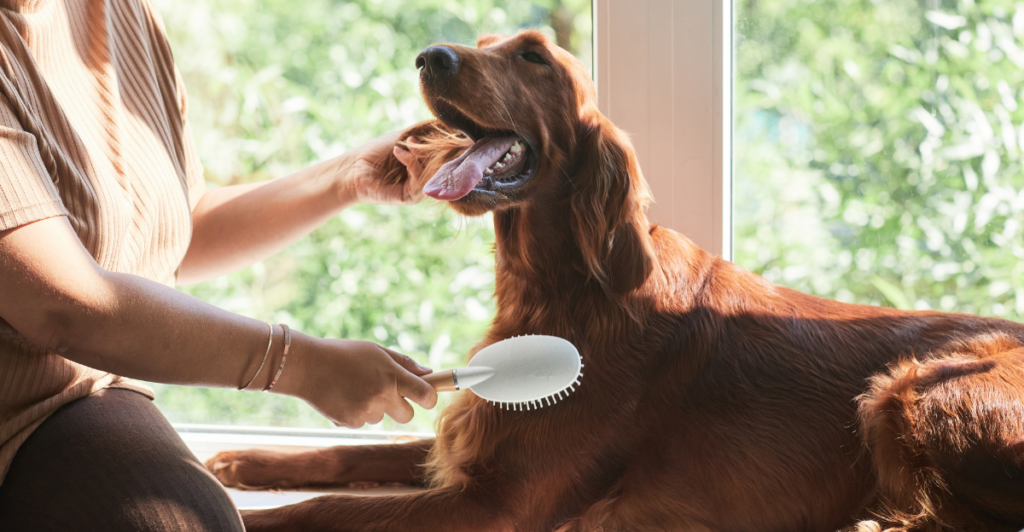
Adjusting your grooming routine to your senior dog’s needs is essential for their comfort. Use softer brushes and gentler techniques to avoid irritating sensitive skin, and trim their nails more frequently, as they may wear them down less with decreased activity. Regularly clean their ears and teeth to prevent infections and dental disease. If your dog finds home grooming stressful, consider professional grooming services.
11. Protect from Temperature Extremes
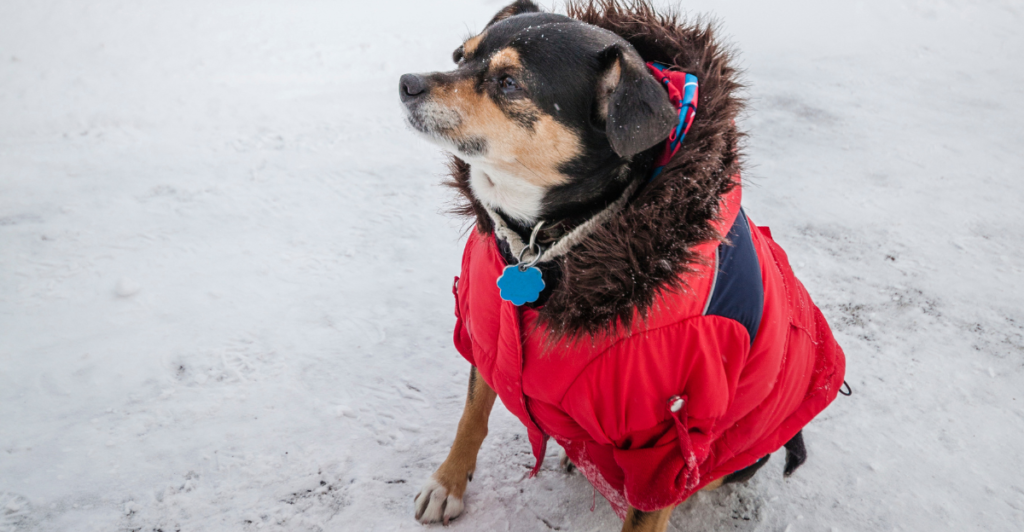
Senior dogs often struggle to regulate their body temperature, so protecting them from extreme weather is crucial. Provide warm, cozy bedding during colder months, and consider using sweaters or coats for outdoor activities in the cold. In hot weather, ensure access to shade and fresh water, and limit outdoor time during peak temperatures. Be alert for signs of heatstroke or hypothermia, as senior dogs are more susceptible to both.
12. Show Extra Love and Attention
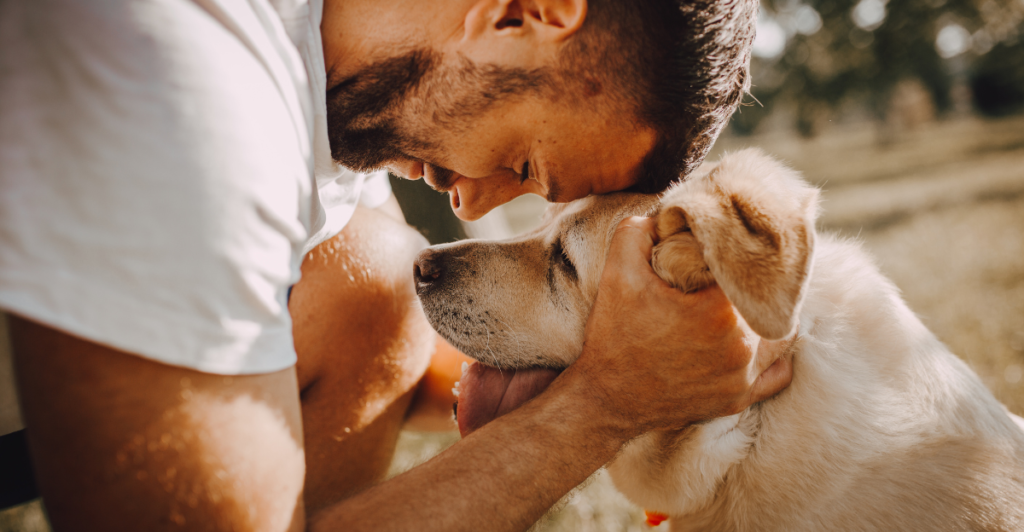
Your companionship is vital for your senior dog’s emotional well-being. Spend quality time together, whether through gentle play, quiet moments of petting, or simple proximity. Offer plenty of praise and positive reinforcement, and be patient with new quirks or behaviors that come with aging. Your love and presence are the greatest gifts you can give to your aging companion, reminding them that they are cherished every day.
Discover more of our trending stories and follow us to keep them appearing in your feed

12 Long-Lived Dog Breeds Who Will Be by Your Side for Years
The Best Dog Breeds For Seniors
Climate Change Overestimated? New Data Shows Oceans Are Cooling The Planet Faster Than Predicted
Massive Solar Plant Is Shutting Down Early—Saving Californians Over $500M
This article first appeared here
Stay connected with us for more stories like this! Follow us to get the latest updates or hit the Follow button at the top of this article, and let us know what you think by leaving your feedback below. We’d love to hear from you!







